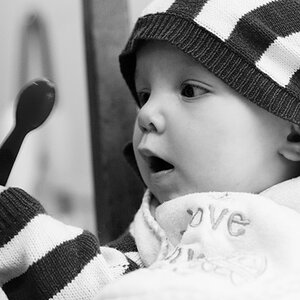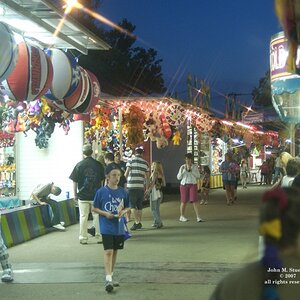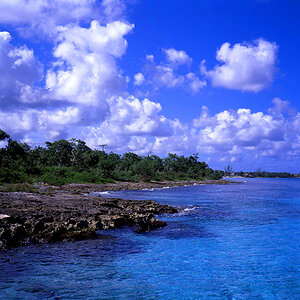Designer
Been spending a lot of time on here!
- Joined
- Apr 13, 2012
- Messages
- 18,505
- Reaction score
- 4,853
- Location
- Iowa
- Can others edit my Photos
- Photos OK to edit
(joking of course)You cant be friggin serious.Your best bet with your compact camera is to carry some bear bait to toss out the bus window. When the bears stand up to reach into the bus, get your shot and move quickly to the other side of the bus.
And... yes... I apparently had to write it. Just in case, you know?


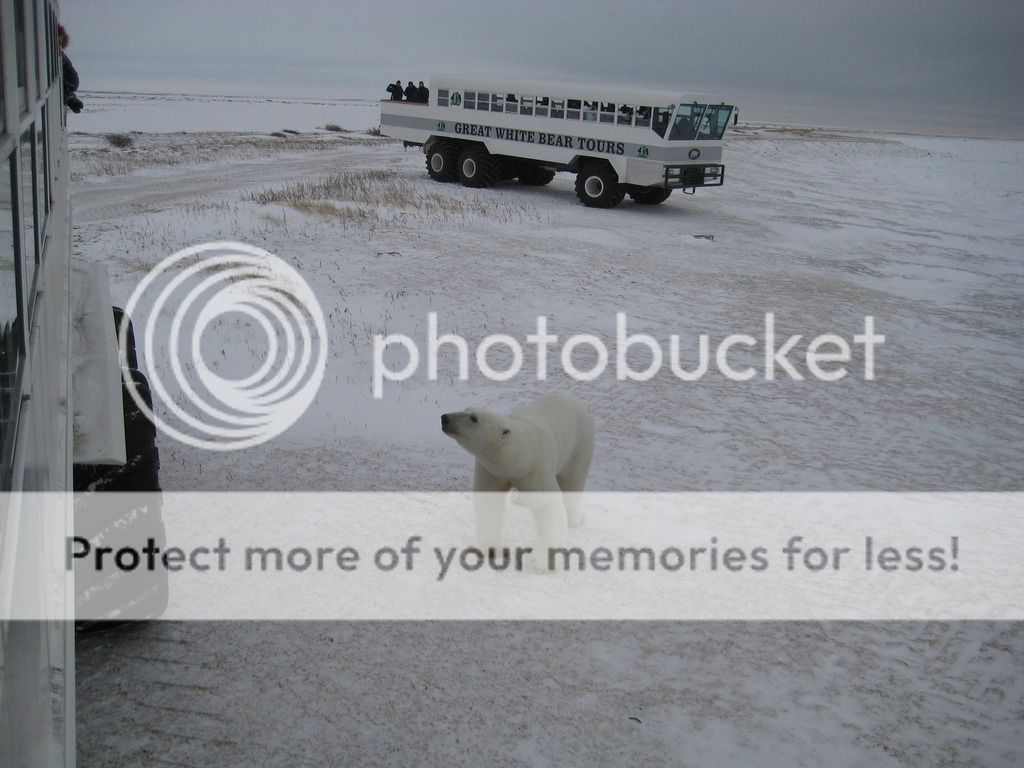
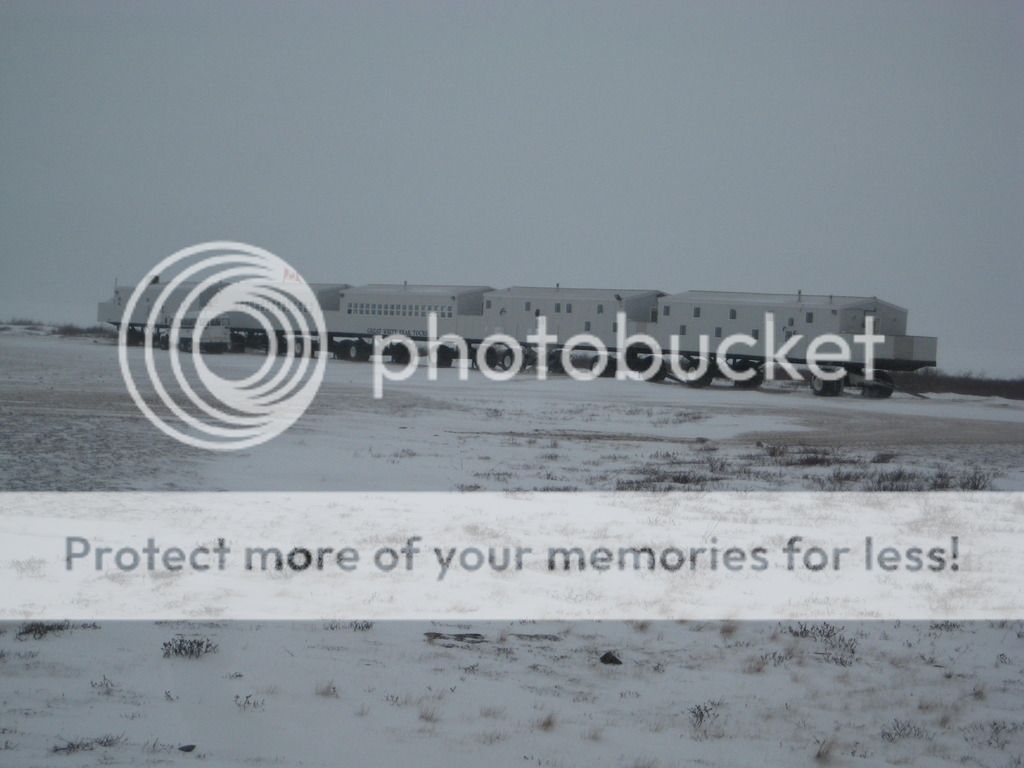
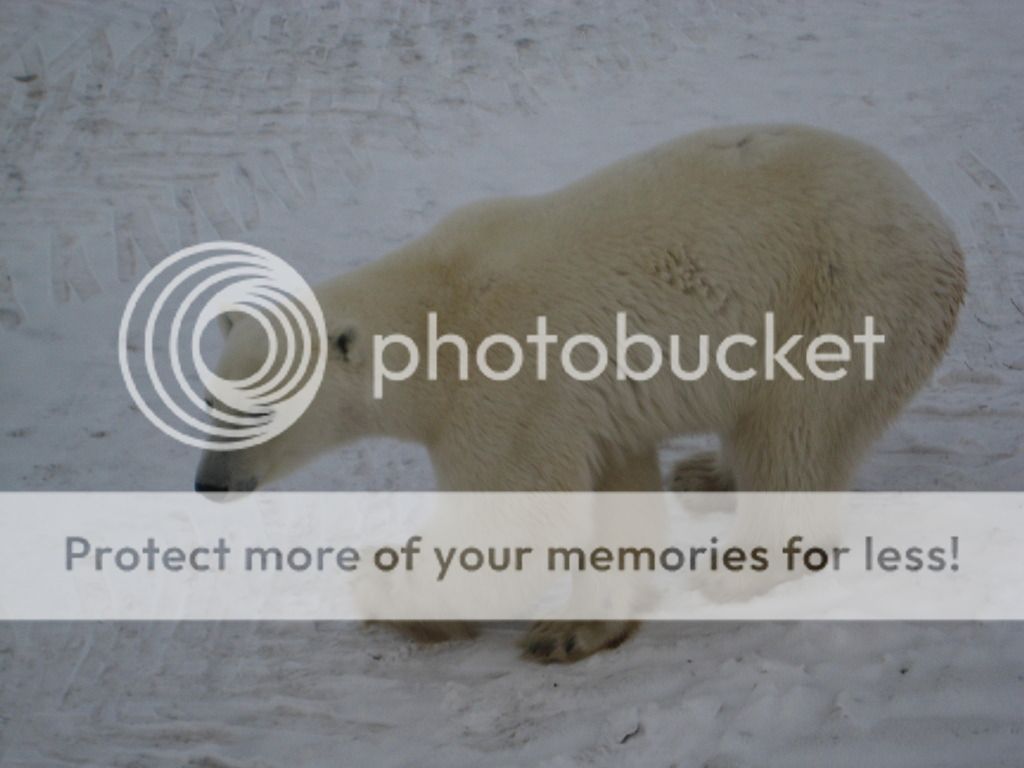
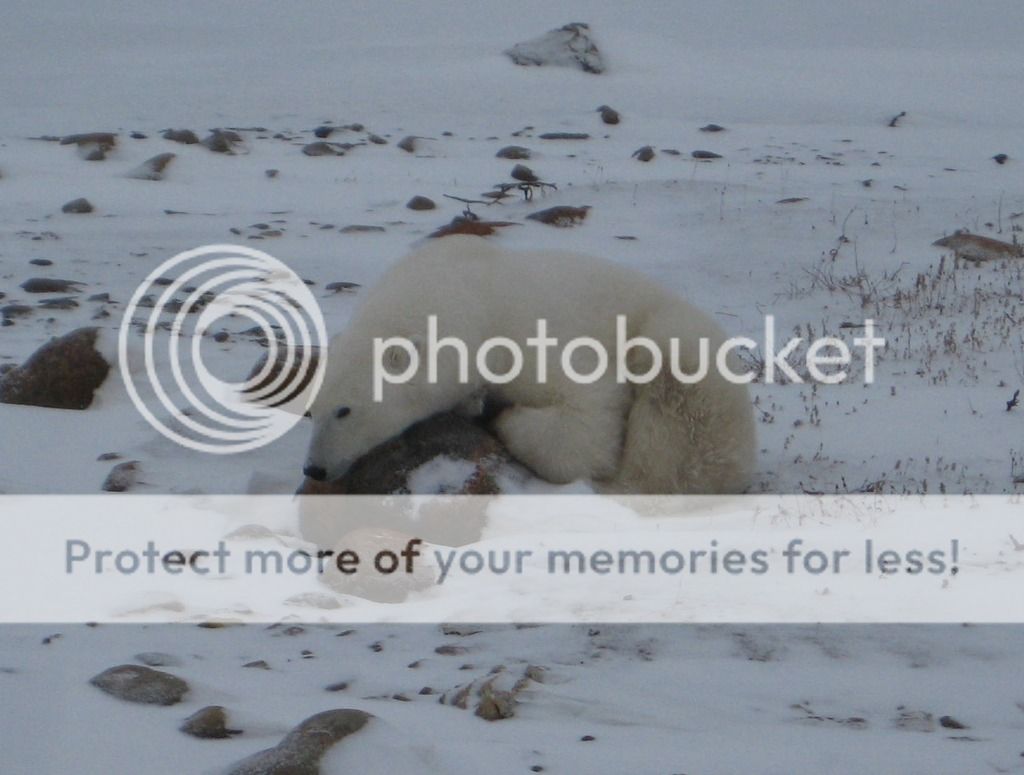
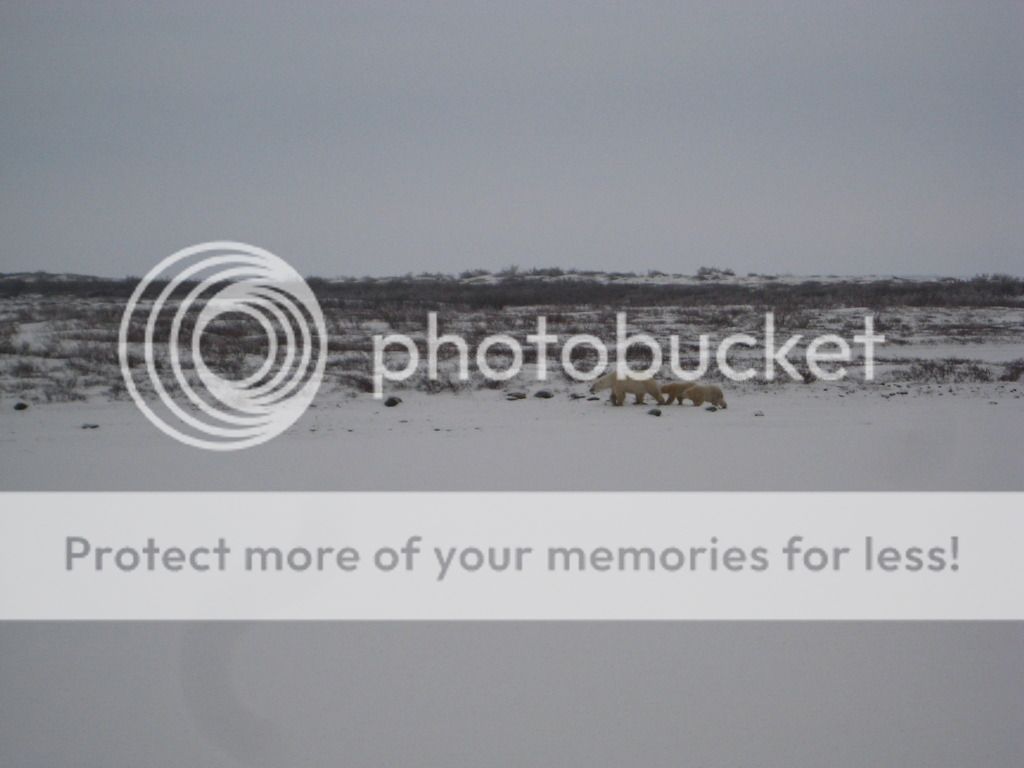
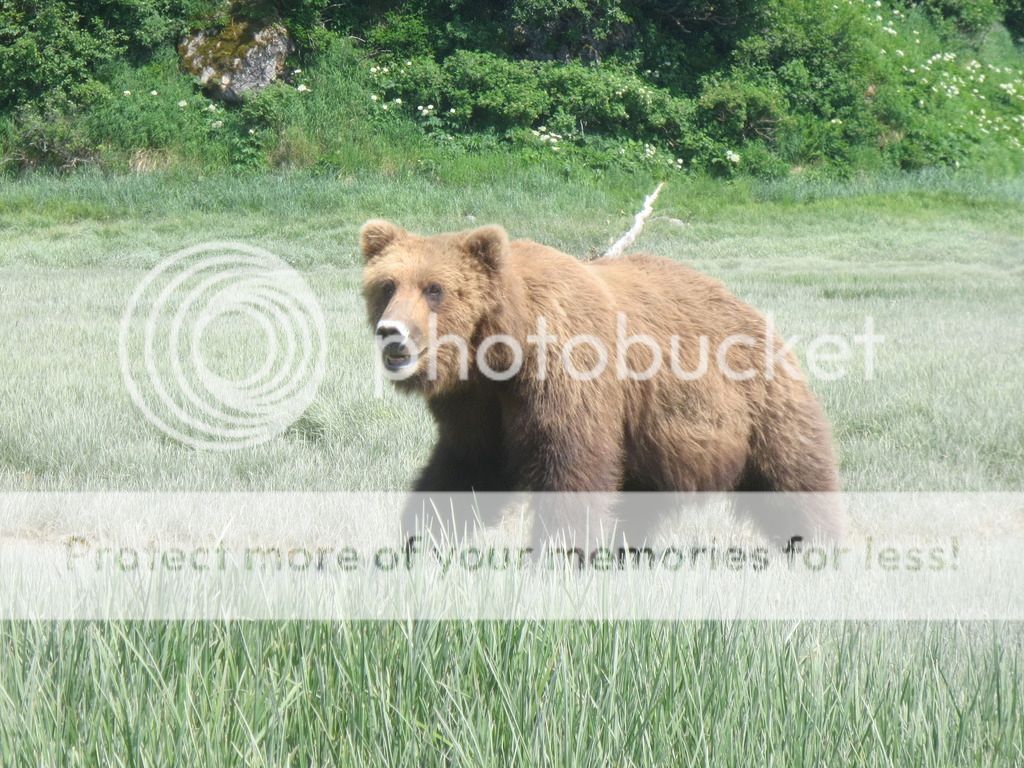
 latesummer2015
latesummer2015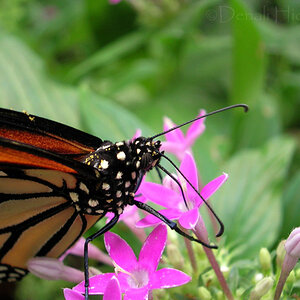
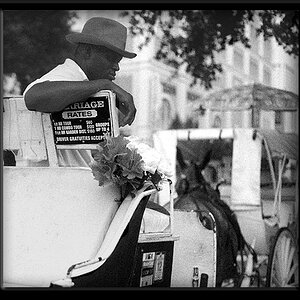
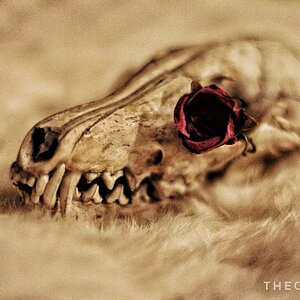
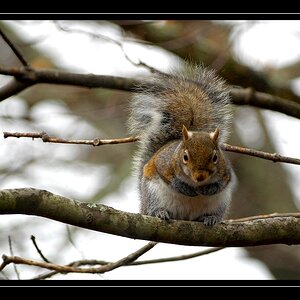
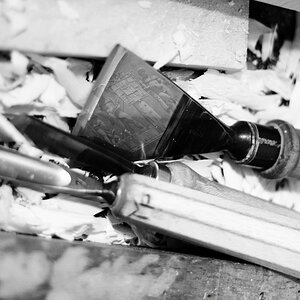
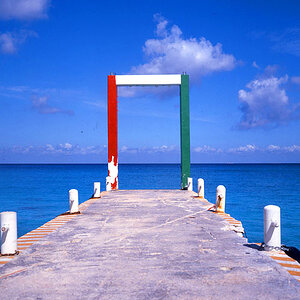

![[No title]](/data/xfmg/thumbnail/34/34556-60d61b1903f6554f7373cddfe5823280.jpg?1619736550)

